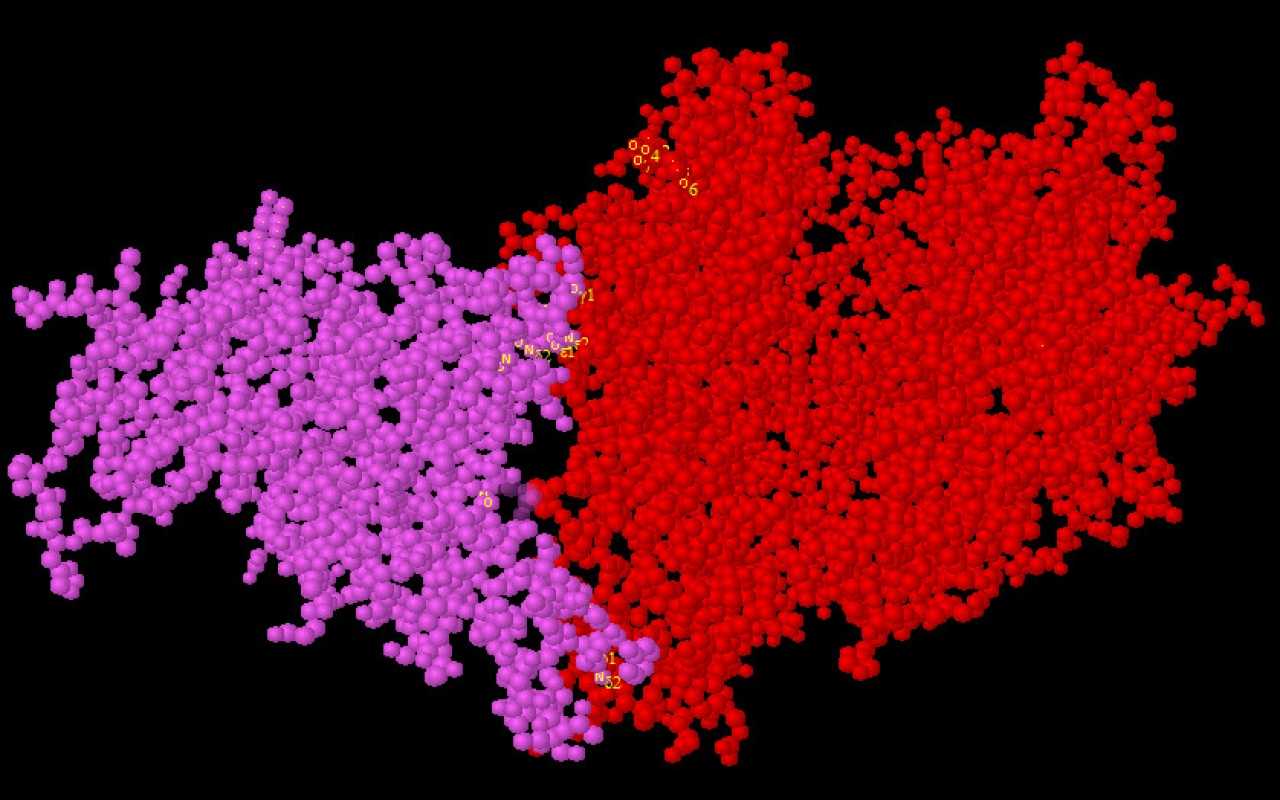ETU “LETI” researchers developed a method to diagnose and treat COVID-19 using peptides
To date, more than 4 million people around the world have been infected with the novel coronavirus disease, and some 300,000 people died of it. Scientists from around the world are now developing a vaccine and treatment that could stop the rapidly growing coronavirus epidemic across the globe.
The Engineering Center for Microtechnology and Diagnostics of ETU “LETI” has developed an innovative method allowing diagnostics and inactivation of the virus. For this purpose, it was suggested to use peptides, short chains of amino acid residues, complementary to spikes of SARS-CoV-2.
During infection, the coronavirus adsorbs on the cell surface using spikes complementary to the ACE-2 receptor present in lung and other organ cells, which is an “entry gate” for the coronavirus. The virus then penetrates the cell and triggers the formation of its copies by introducing its RNA into the cell’s genetic apparatus. As a result, the cell becomes a small “factory” for assembling new coronavirus virions.
ETU “LETI” researchers have concluded that for the inactivation of coronavirus and its express analysis, oligopeptide molecules are needed, which have a spatial structure complementary to the coronavirus spikes. A biochip with such peptide molecules will make it possible to “bind” coronavirus and quickly identify it, and on the other hand, block the virus epitope, depriving it of the possibility to connect to the ACE-2 receptor – in other words, inactivate it.
To analyze the structures of the SARS-CoV-2 protein spike bond with the ACE-2 receptor, the researchers used the concept of conjugate ion-hydrogen bond systems developed earlier at the university by the leading researcher of the center Vladimir Karasev and Professor Viktor Luchinin. The construction of biological supramolecular structures is based on these systems and considered as charge transfer channels in these structures. The concept is implemented in the Protein-3D program, which allows visualizing supramolecular structures.
Based on the analysis of the spatial configuration of the coronavirus spike and protein ACE-2, ETU “LETI” researchers developed two sequences of amino acid residues, forming a structure complementary to the coronavirus spike.
“One of them contains only 8 amino acid residues and is a spiral fragment. It is water-soluble and can be used both as a solution and as an anchor group (on the stem) in a diagnostic biochip. The second option is to increase the length of the fragment to 15 amino acid residues, which will provide even greater strength for anchor sequence binding to the virus spike. Thus, the second peptide will almost completely bind all groups involved in the interaction of coronavirus SARS-CoV-2 with ACE-2,” – Tatiana Zimina explained.
An experimental study will show which of the two proposed peptide options would be more effective. The developers do not rule out that a short peptide will be quite enough for coronavirus inactivation. Scientists believe that its synthesis is easier and will be much cheaper.
ETU “LETI” researchers plan to develop peptide sequences, test molecular complementarity at the protein/peptide system level, develop a biochip platform, conduct toxicity tests, study methods of application in antiviral therapy, and conduct clinical trials of peptides and biochips. It should result in an innovative certified rapid test system. The development will take approximately 8-10 months.

